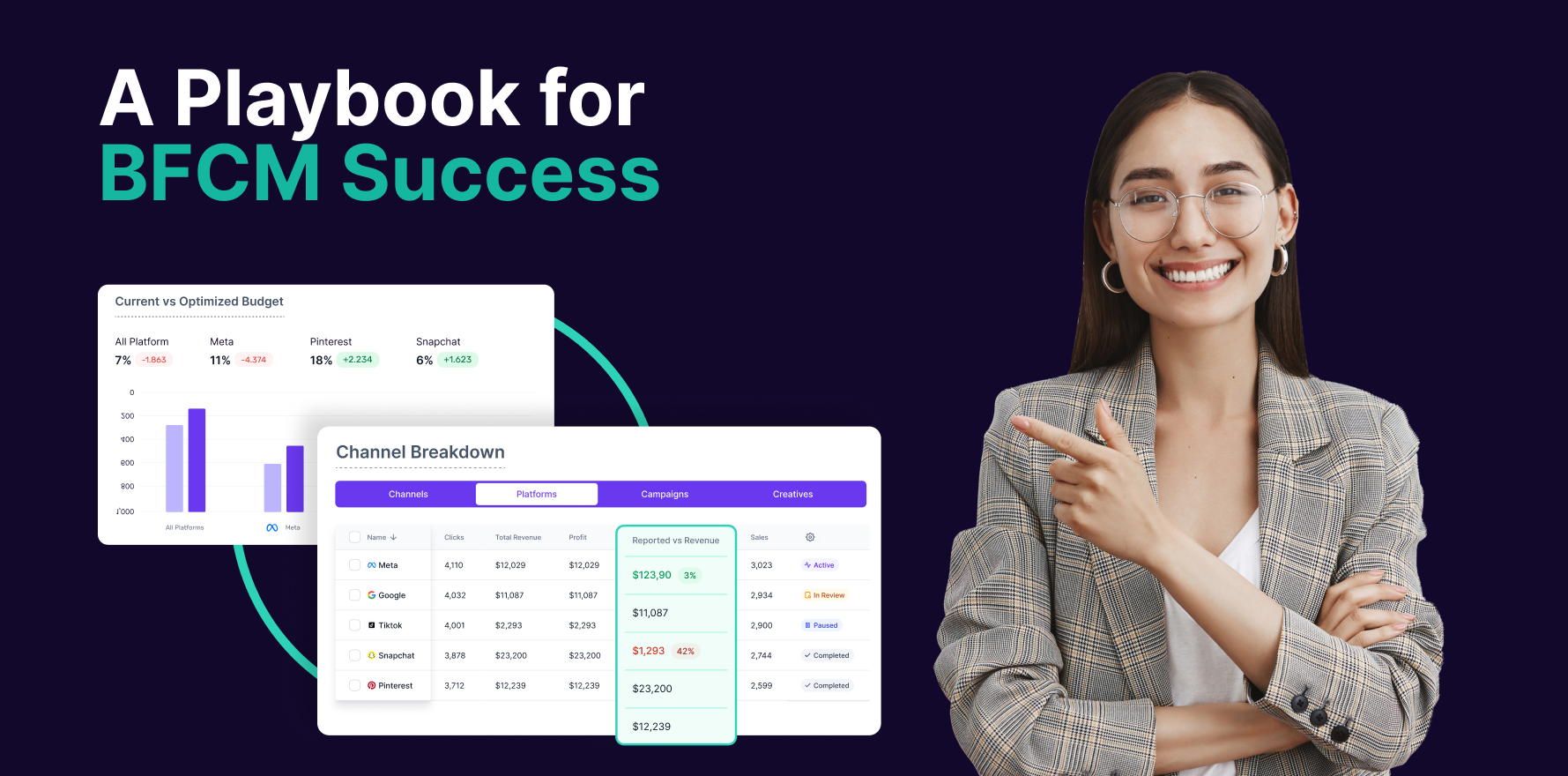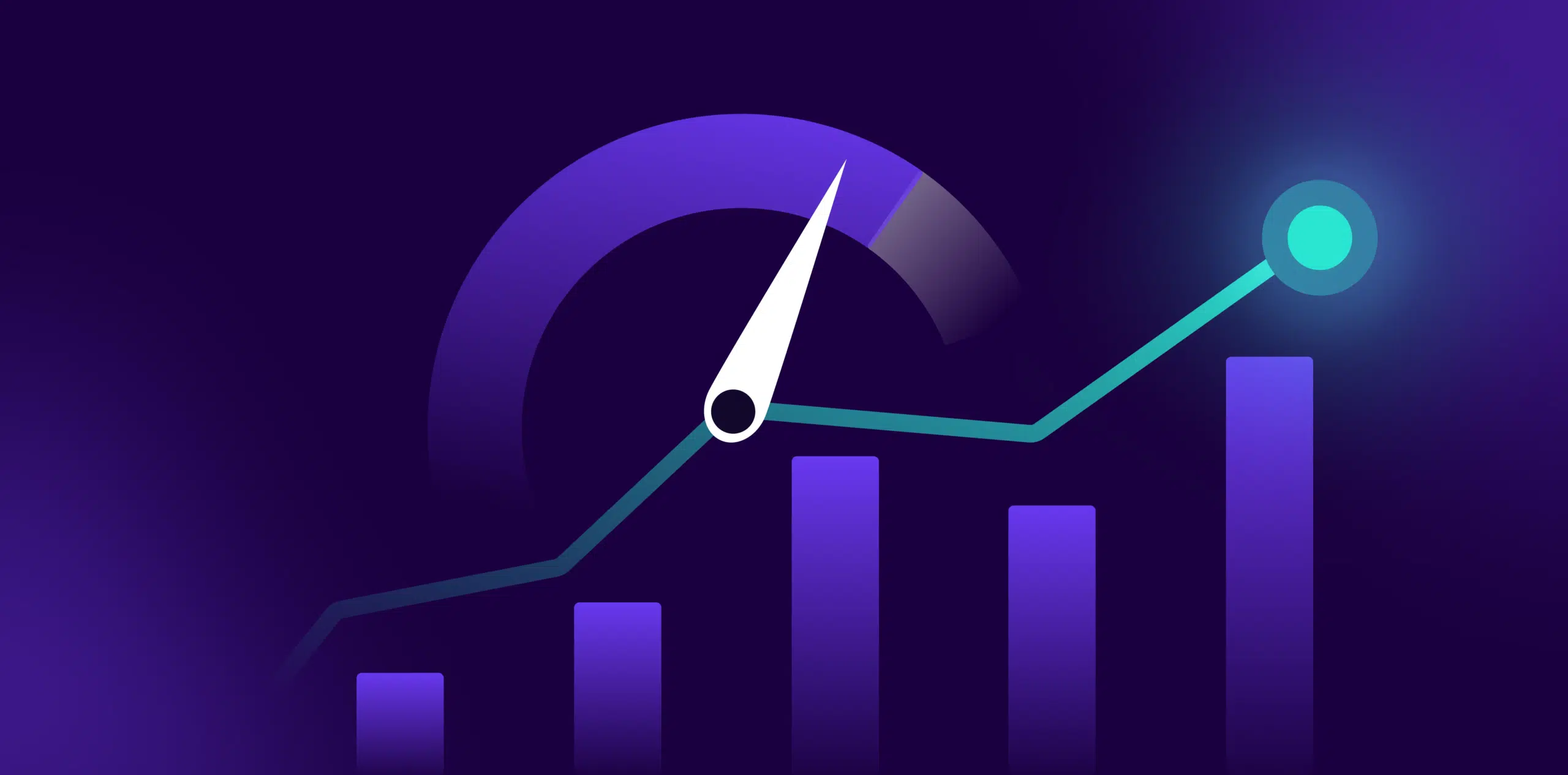What is Gross Rating Point?
In precise terms, Gross Rating Point (GRP) is a standard measure in advertising that indicates the extent to which an advertising campaign has reached its target audience. High GRP scores are a good indication of high reach. It’s used for traditional mediums like Television, Radio, or Print, and has now extended to digital platforms, becoming a pivotal scale for businesses, especially in e-commerce where advertising plays a significant role in fostering visibility and sales.
Formula
GRP is calculated by multiplying the reach (the percentage of the total market reached by the ad campaign) by the frequency (average number of times a viewer sees the ad). Simply put, GRP equals Reach times Frequency (GRP = Reach (%) x Frequency).
Example
Suppose an e-commerce business runs an online advertising campaign that reaches 30% of the target market. The ad is shown three times to each viewer reached. To calculate GRP, multiply 30% (reach) by 3 (frequency), giving a GRP of 90.
Why is Gross Rating Point (GRP) important?
The GRP has a two-fold significance in e-commerce. First, it provides an insight into how penetrated the advertising campaign is into a particular market. Second, by viewing GRP scores, businesses can compare the effectiveness of different advertising campaigns and adjust their strategies accordingly.
Which factors impact GRP?
Improving the GRP typically involves increasing either the reach or frequency of a campaign. Effective targeting, an appealing ad design, compelling messages, optimal frequency, and strategic placement can significantly amplify the GRP value.
How can GRP be improved?
Gross Rating Point (GRP) is influenced primarily by the target audience size and demographic, media selection, campaign duration, creative quality, and competitive environment.
What is GRP’s relationship with other metrics?
GRP correlates with metrics like Cost per Thousand (CPM), Click-through rates (CTR), Conversion rates, and Return on Ad Spend (ROAS). A high GRP often signifies effective ad spend and higher conversions. Thus, improved GRP can lead to higher revenues.
Free essential resources for success
Discover more from Lifesight

























































